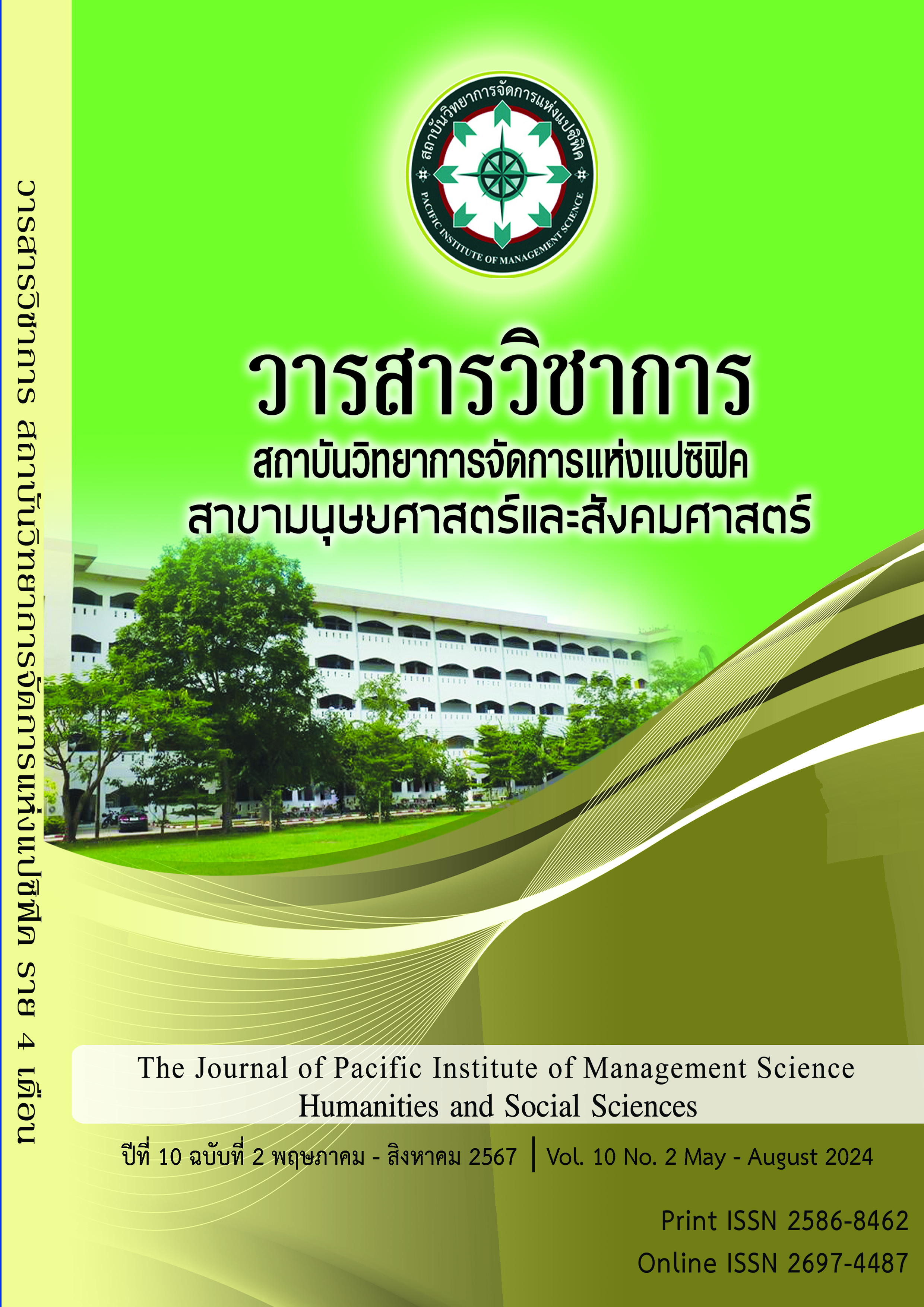Optimized Design of Chinese Character Cards: An Empirical Study on the Effect of Memory Enhancement Strategies on Children's Working Memory
Keywords:
Chinese character card design, Memory enhancement strategies, Spaced repetition, Chunked memory, Working memoryAbstract
Designed Chinese character cards demonstrated substantial improvements in memory retention compared to traditional memorization methods, significantly enhancing the memory of Chinese characters for 10-12-year-old children and reducing the error rate in Chinese character writing. The study used a quasi-experimental design based on cognitive psychology, primarily focusing on the Ebbinghaus forgetting curve and spaced repetition techniques. A total of 24 children were involved and separated into two groups: an experimental group that used the optimized Chinese character cards and a control group that used traditional learning methods. The main objective was to evaluate the effectiveness of these optimized Chinese character card tools in reducing the memory error rate in Chinese character learning. Data were collected and analyzed using paired T-tests to compare the effectiveness of the optimized Chinese character cards with traditional methods. Significant findings were revealed, showing that children using the optimized cards exhibited substantial improvements in memory retention and decreased writing errors compared to traditional methods. These results highlighted the impact of integrating scientifically supported memory strategies into educational tools. The study made significant contributions to language education and cognitive development by providing evidence-based insights for educators and curriculum designers, underscoring the importance of adapting educational material designs to cognitive principles to enhance learning efficiency. However, certain limitations were acknowledged, including limited sample size and the controlled nature of the experimental environment. Future research directions were suggested, including expanding the sample size, examining long-term effects, and exploring the broader applicability of these strategies in more diverse and natural educational settings.
References
Barzagar Nazari, K., & Ebersbach, M. (2018). Distributed practice: Rarely realized in self-regulated mathematical learning. Frontiers in Psychology, 9, Article 2170. https://doi.org/10.3389/fpsyg.2018.02170
Bahrick, H. P., Bahrick, L. E., Bahrick, A. S., & Bahrick, P. E. (1993). Maintenance of foreign language vocabulary and the spacing effect. Psychological Science, 4(5), 316-321. https://doi.org/10.1111/j.1467-9280.1993.tb00571.x
Bowers, J. S., & Bowers, P. N. (2017). Beyond Phonics: The Case for Teaching Children the Logic of the English Spelling System. Educational Psychologist, 52(2), 124–141. https://doi.org/10.1080/00461520.2017.1288571
Cepeda, N. J., Pashler, H., Vul, E., Wixted, J. T., & Rohrer, D. (2006). Distributed practice in verbal recall tasks: A review and quantitative synthesis. Psychological Bulletin, 132(3), 354-380. https://doi.org/10.1037/0033-2909.132.3.354
Çekiç, A., & Bakla, A. (2019). The effects of spacing patterns on incidental L2 vocabulary learning through reading with electronic glosses. Instructional Science, 47(3), 353-371. https://doi.org/10.1007/s11251-019-09483-4
Chung, T. M., & Nation, P. (2003). Technical vocabulary in specialized texts. Reading in a Foreign Language, 15(2), 103-116. http://nflrc.hawaii.edu/rfl/October2003/chung/chung.pdf
Franke, G., & Sarstedt, M. (2019). Heuristics versus statistics in discriminant validity testing: A comparison of four procedures. Internet Research, 29(3), 430-447. https://doi.org/10.1108/IntR-12-2017-0515
Henseler, J., Ringle, C. M., & Sarstedt, M. (2015). A new criterion for assessing discriminant validity in variance-based structural equation modeling. Journal of the Academy of Marketing Science, 43(1), 115-135. https://doi.org/10.1007/s11747-014-0403-8
Holmes, J., Gathercole, S. E., & Dunning, D. L. (2009). Adaptive training leads to sustained enhancement of poor working memory in children. Developmental Science, 12(4). https://doi.org/10.1111/j.1467-7687.2009.00848.x
Kuo, L., & Anderson, R. C. (2006). Morphological Awareness and Learning to Read: A Cross-Language Perspective. Educational Psychologist, 41(3), 161–180. https://doi.org/10.1207/s15326985ep4103_3
Lestari, D., & Pujiastuti, I. (2022). An analysis and research work on the Chinese monosyllabic vocabulary of Indonesian college students in English language education. In Proceedings of the 1st International Conference on Maritime Education, ICOME 2021 (pp. 3-5). EAI. https://doi.org/10.4108/eai.3-11-2021.2314797
Lin, C. Y., & Chen, Y. H. (2015). Effect of distributed practice on Chinese character learning. Educational Psychology, 35(7), 796-812. https://doi.org/10.1080/01443410.2013.879334
Malashenko, G. T., Kosov, M. E., Frumina, S. V., Grishina, O. A., Alandarov, R. A., Ponkratov, V. V., Bloshenko, T. A., Sanginova, L. D., Dzusova, S. S., & Hasan, M. F. (2023). A digital model of full-cycle training based on the Zettelkasten and interval repetition system. Emerging Science Journal, 7, 1-15. https://doi.org/10.28991/ESJ-2023-SIED2-01
Perfetti, C., & Stafura, J. (2014). Word Knowledge in a Theory of Reading Comprehension. Scientific Studies of Reading, 18(1), 22–37. https://doi.org/10.1080/10888438.2013.827687
Roediger, H. L., & Butler, A. C. (2011). The critical role of retrieval practice in long-term retention. Trends in Cognitive Sciences, 15(1), 20–27. https://doi.org/10.1016/j.tics.2010.09.003
Sarstedt, M., Hair, J. F., Ringle, C. M., Thiele, K. O., & Gudergan, S. P. (2016). Estimation issues with PLS and CBSEM: Where the bias lies! Journal of Business Research, 69(10), 3998-4010. https://doi.org/10.1016/j.jbusres.2016.06.007
Seibert Hanson, A. E., & Brown, C. M. (2020). Enhancing L2 learning through a mobile-assisted spaced-repetition tool: An impact but bitter pill? Computer Assisted Language Learning, 33(1-2), 133-155. https://doi.org/10.1080/09588221.2018.1552975
Smith, A., & Johnson, B. (2017). Effects of spaced repetition and learning motivation on Chinese character learning. Frontiers in Psychology, 8, Article 2255. https://doi.org/10.3389/fpsyg.2017.02255
Swanson, H. L., & Alloway, T. P. (2012). Working memory, learning, and academic achievement. K. R. Harris, S. Graham, T. Urdan, C. B. McCormick, G. M. Sinatra, & J. Sweller , APA educational psychology handbook, Vol 1: Theories, constructs, and critical issues. (页 327–366). American Psychological Association. https://doi.org/10.1037/13273-012
Downloads
Published
Issue
Section
License
Copyright (c) 2024 Pacific Institute of Management Science

This work is licensed under a Creative Commons Attribution-NonCommercial-NoDerivatives 4.0 International License.
บทความที่ได้รับการตีพิมพ์เป็นลิขสิทธิ์ของ สถาบันวิทยาการจัดการแห่งแปซิฟิค
ข้อความที่ปรากฏในบทความแต่ละเรื่องในวารสารวิชาการเล่มนี้เป็นความคิดเห็นส่วนตัวของผู้เขียนแต่ละท่านไม่เกี่ยวข้องกับสถาบันวิทยาการจัดการแห่งแปซิฟิค และคณาจารย์ท่านอื่นๆในสถาบันฯ แต่อย่างใด ความรับผิดชอบองค์ประกอบทั้งหมดของบทความแต่ละเรื่องเป็นของผู้เขียนแต่ละท่าน หากมีความผิดพลาดใดๆ ผู้เขียนแต่ละท่านจะรับผิดชอบบทความของตนเองแต่ผู้เดียว







